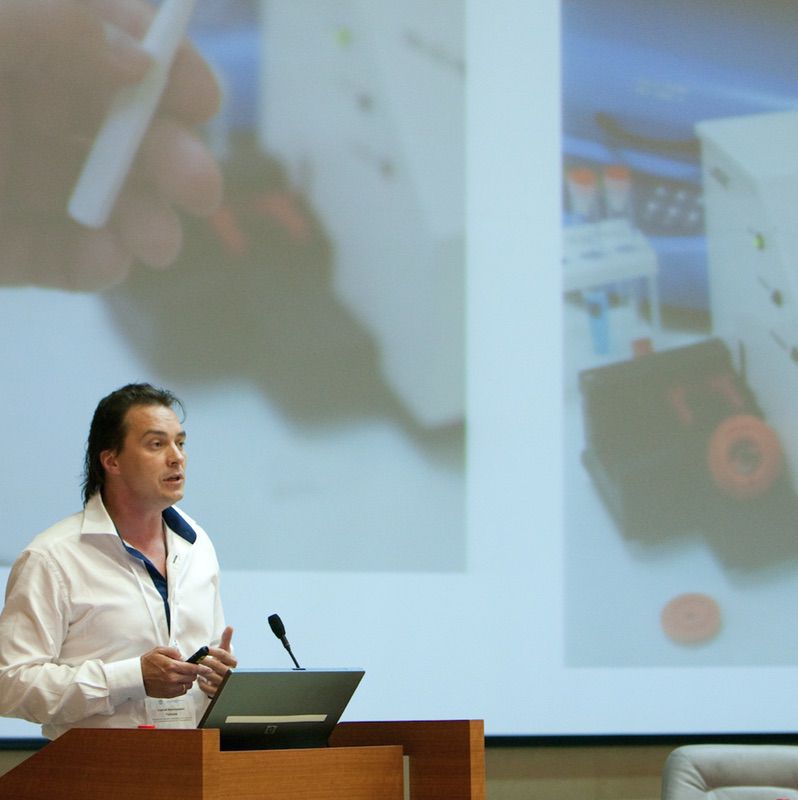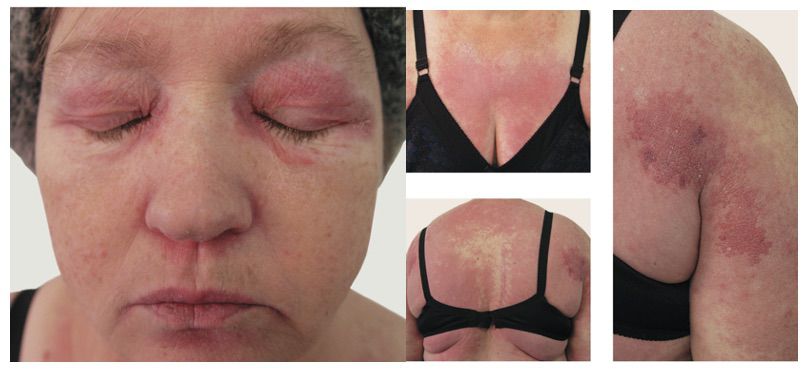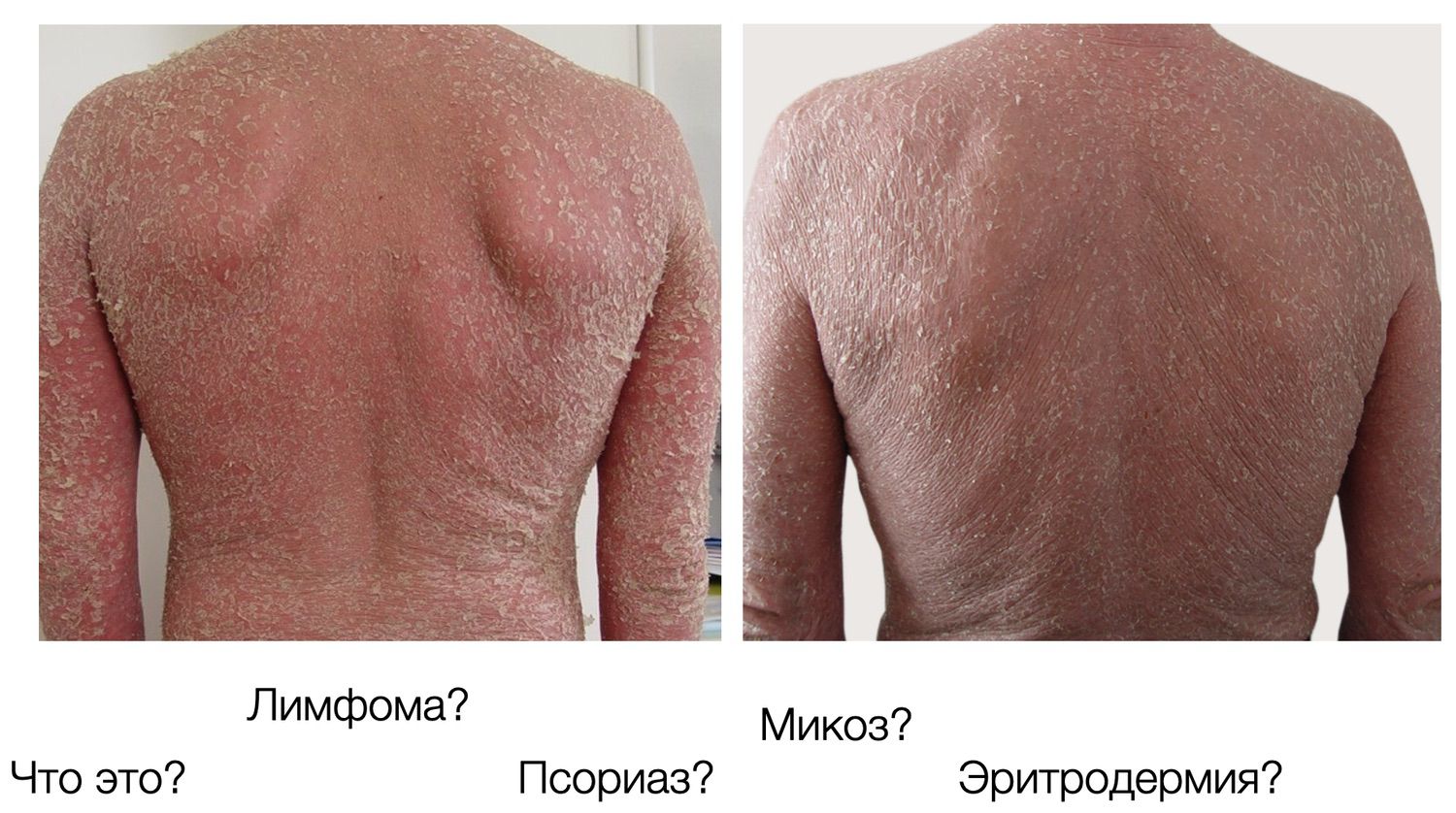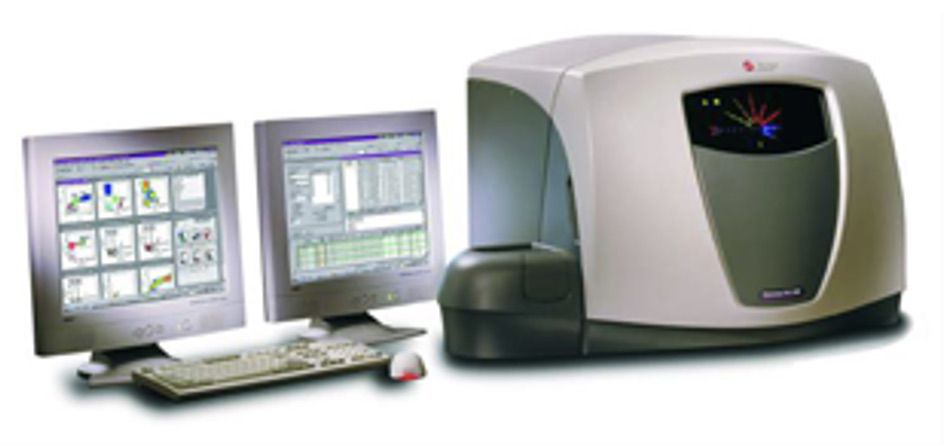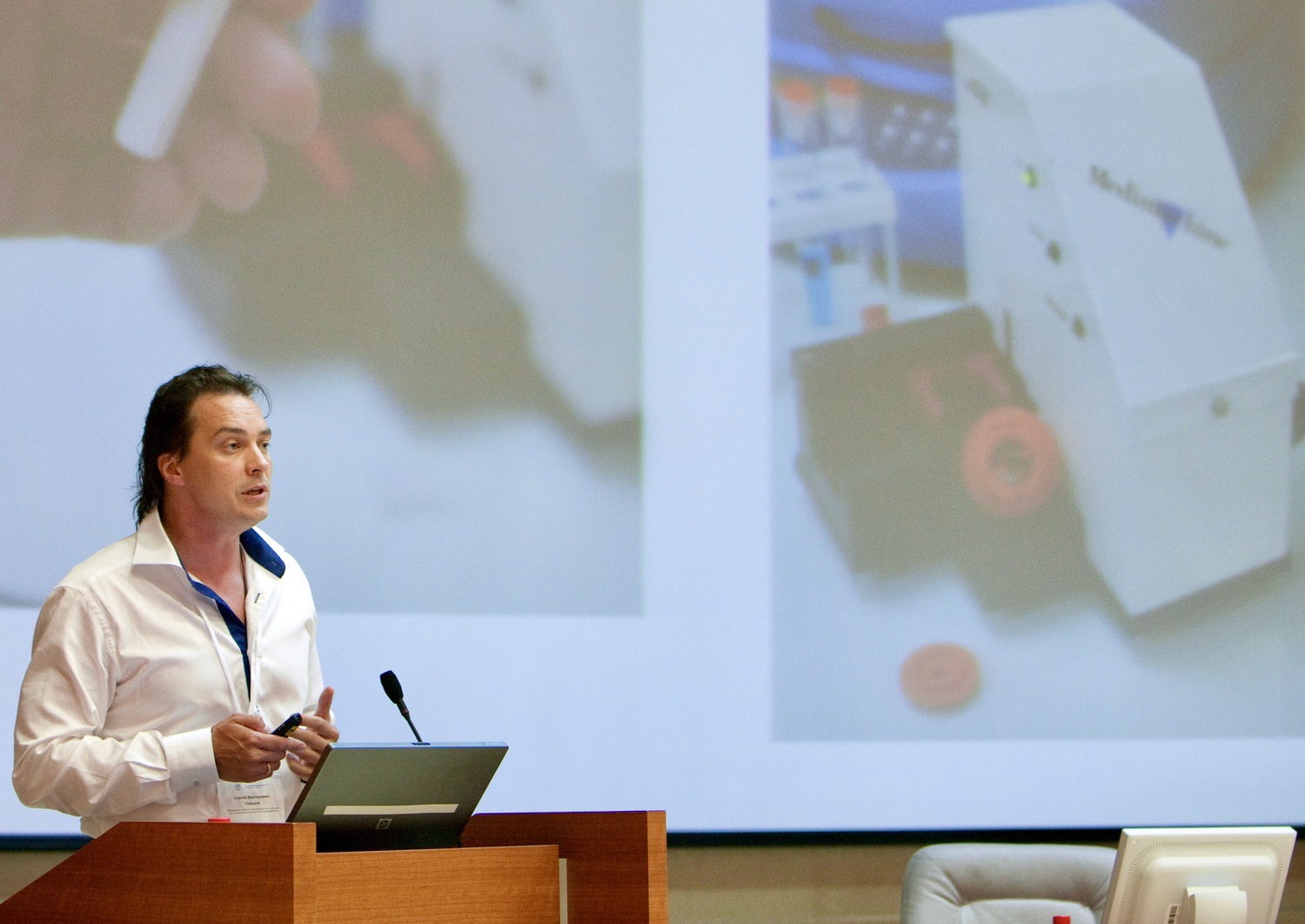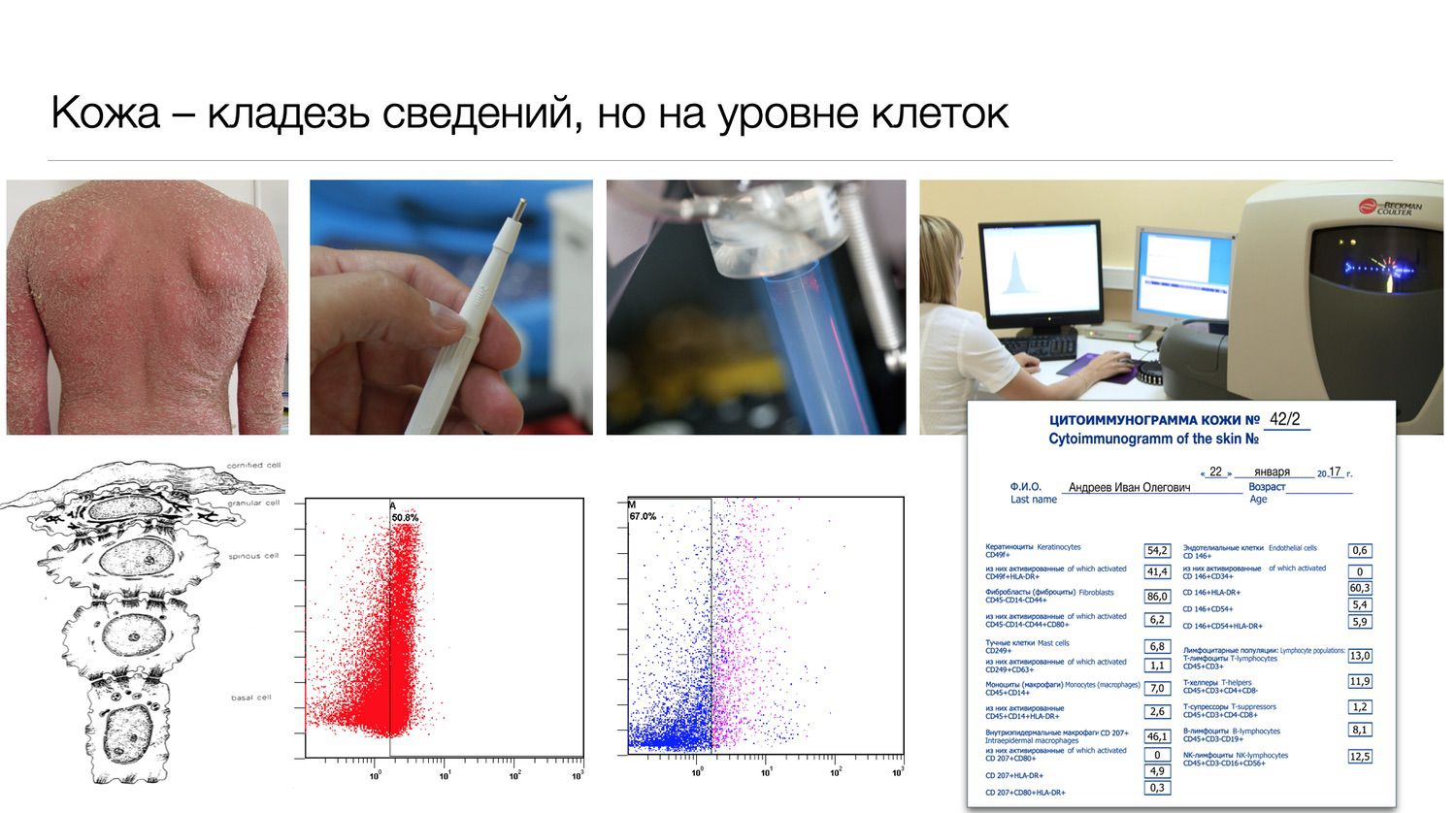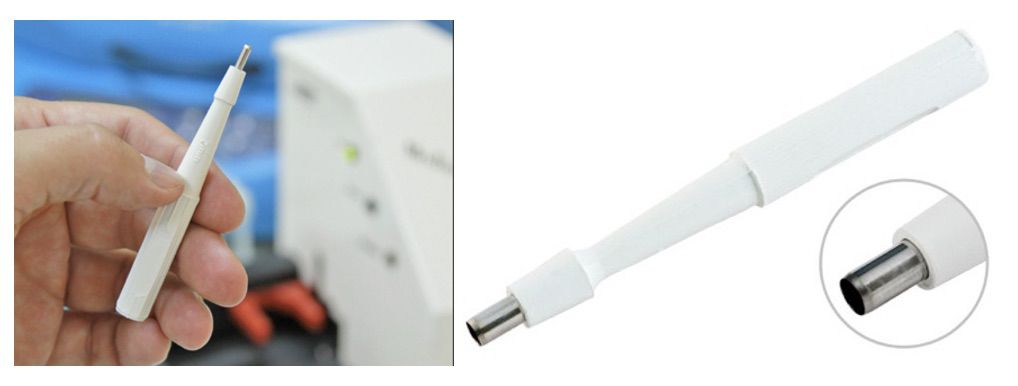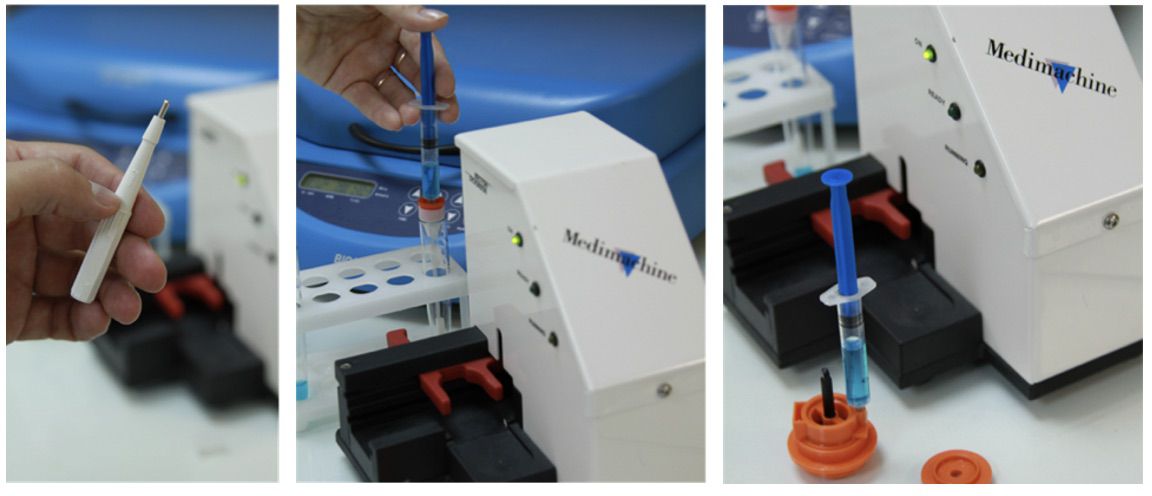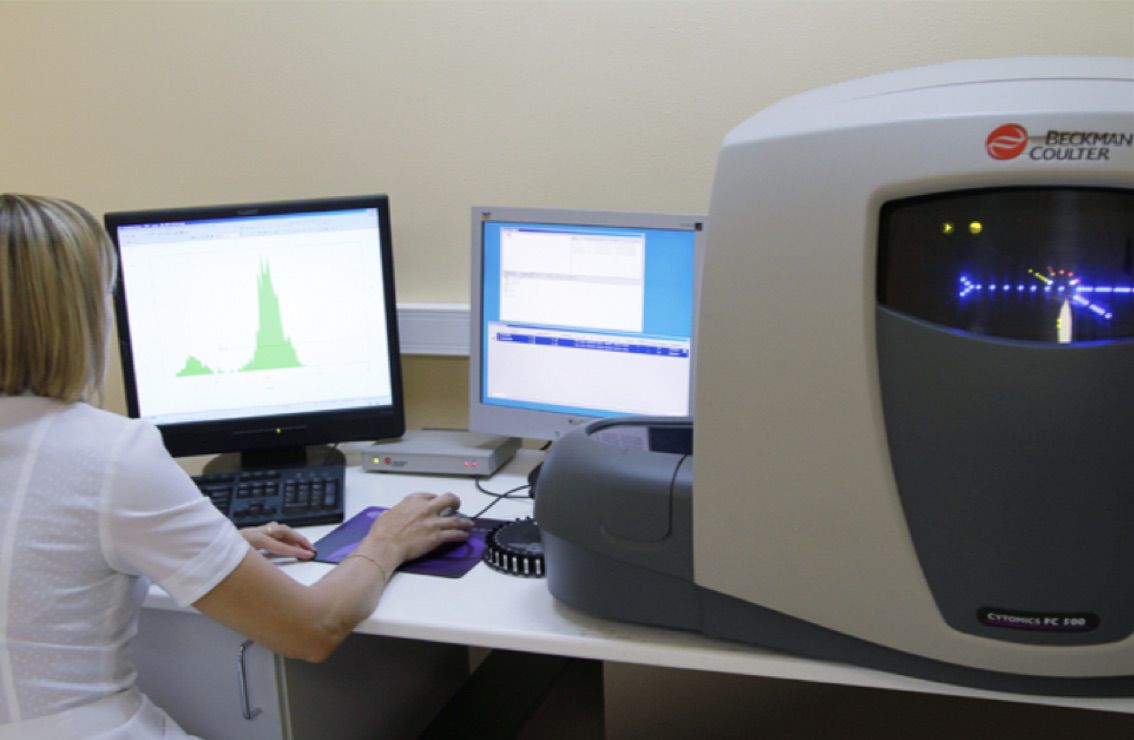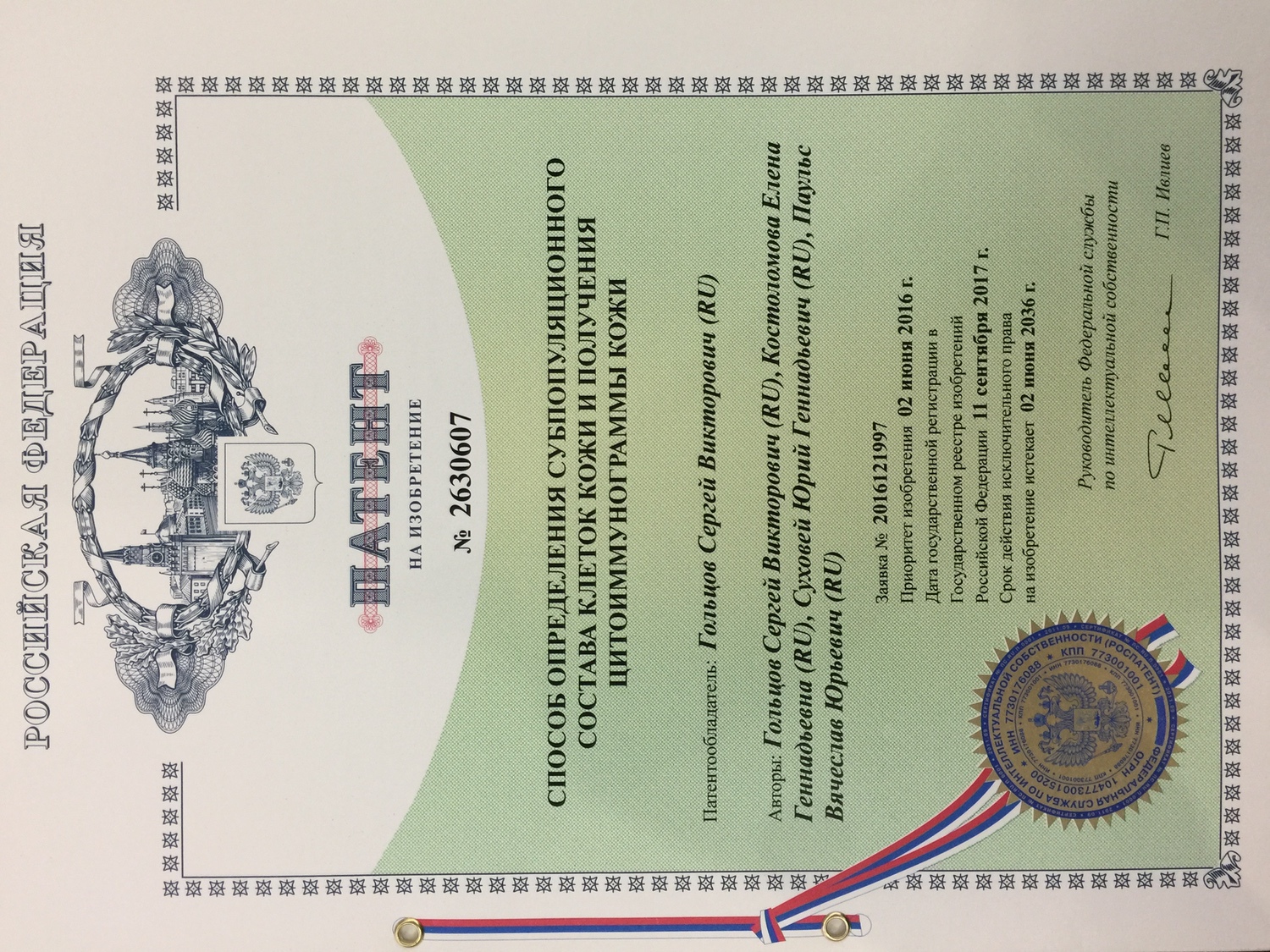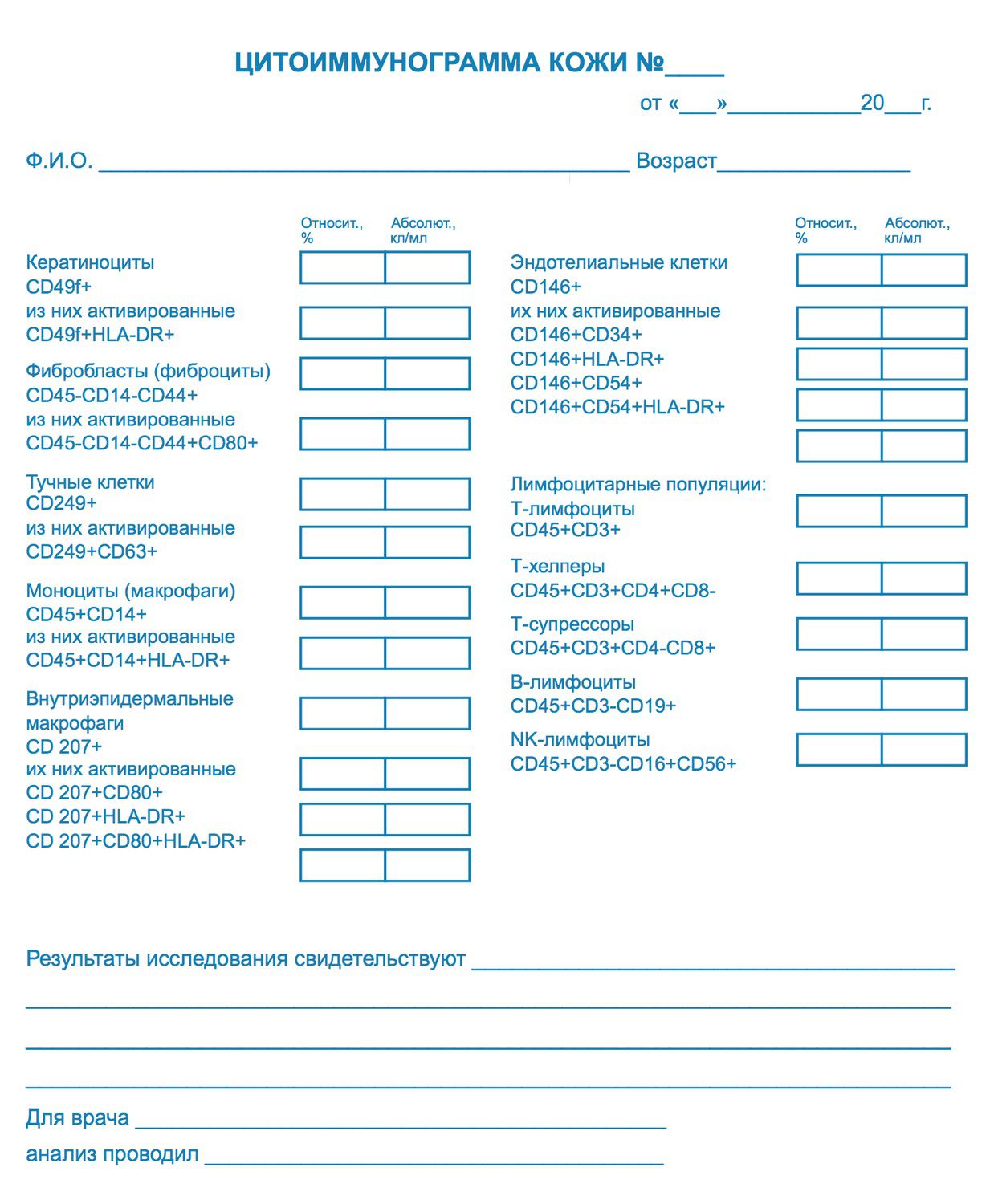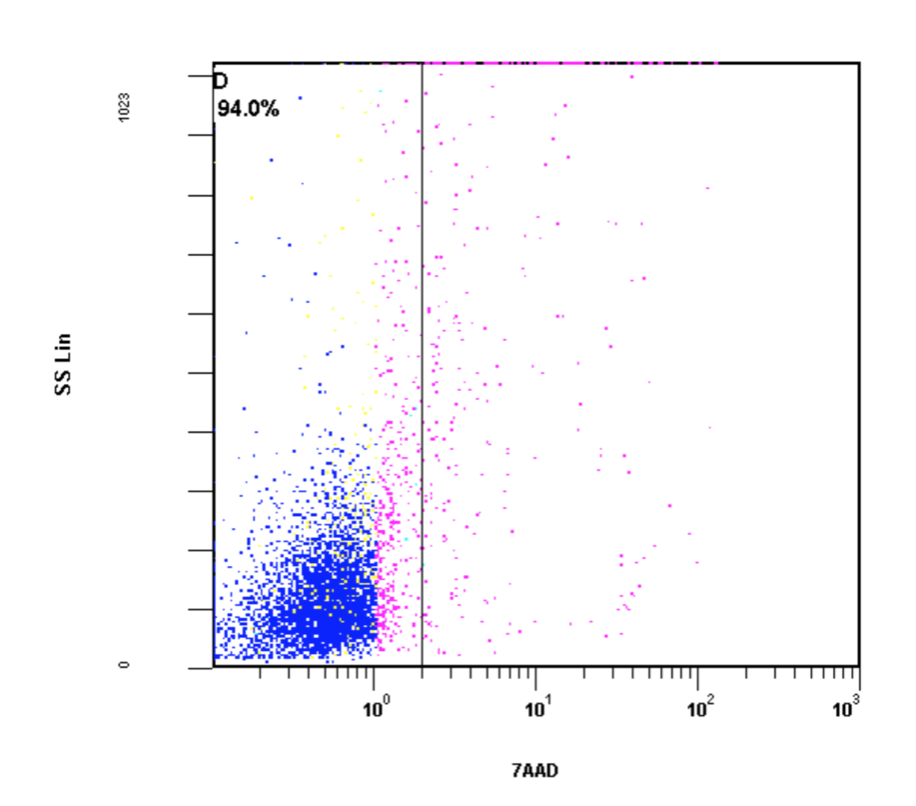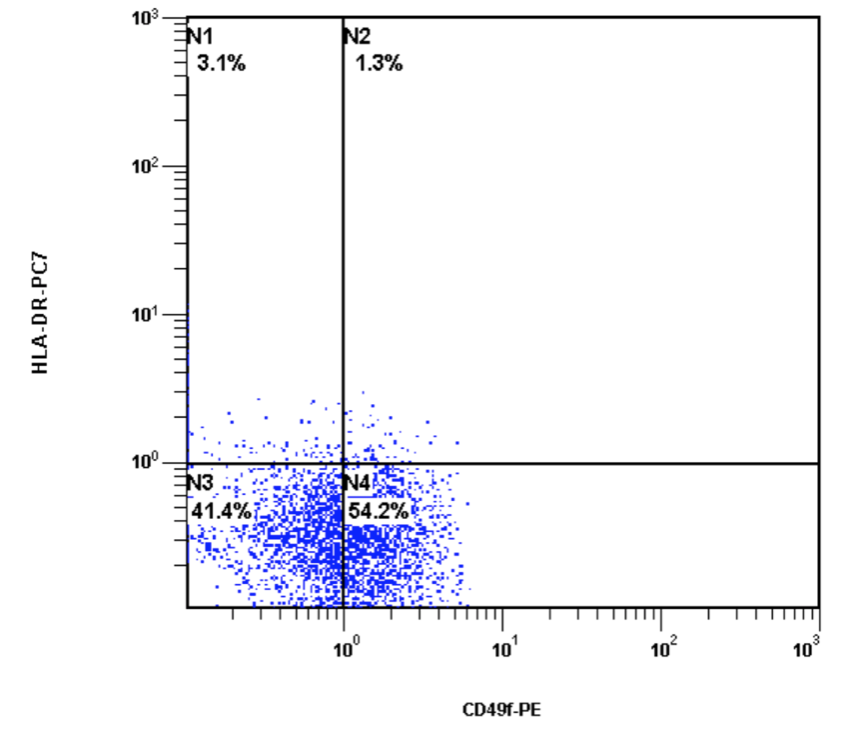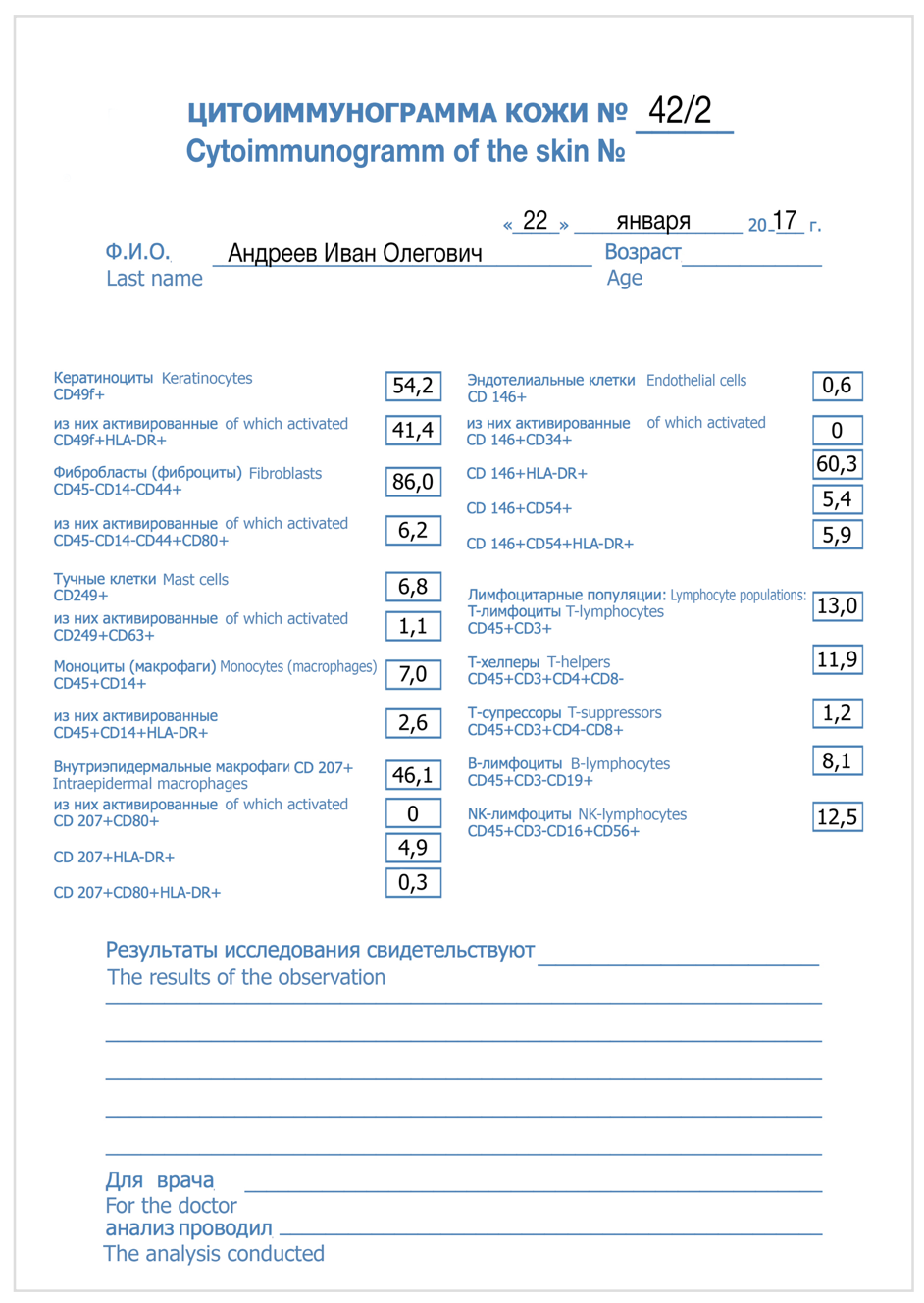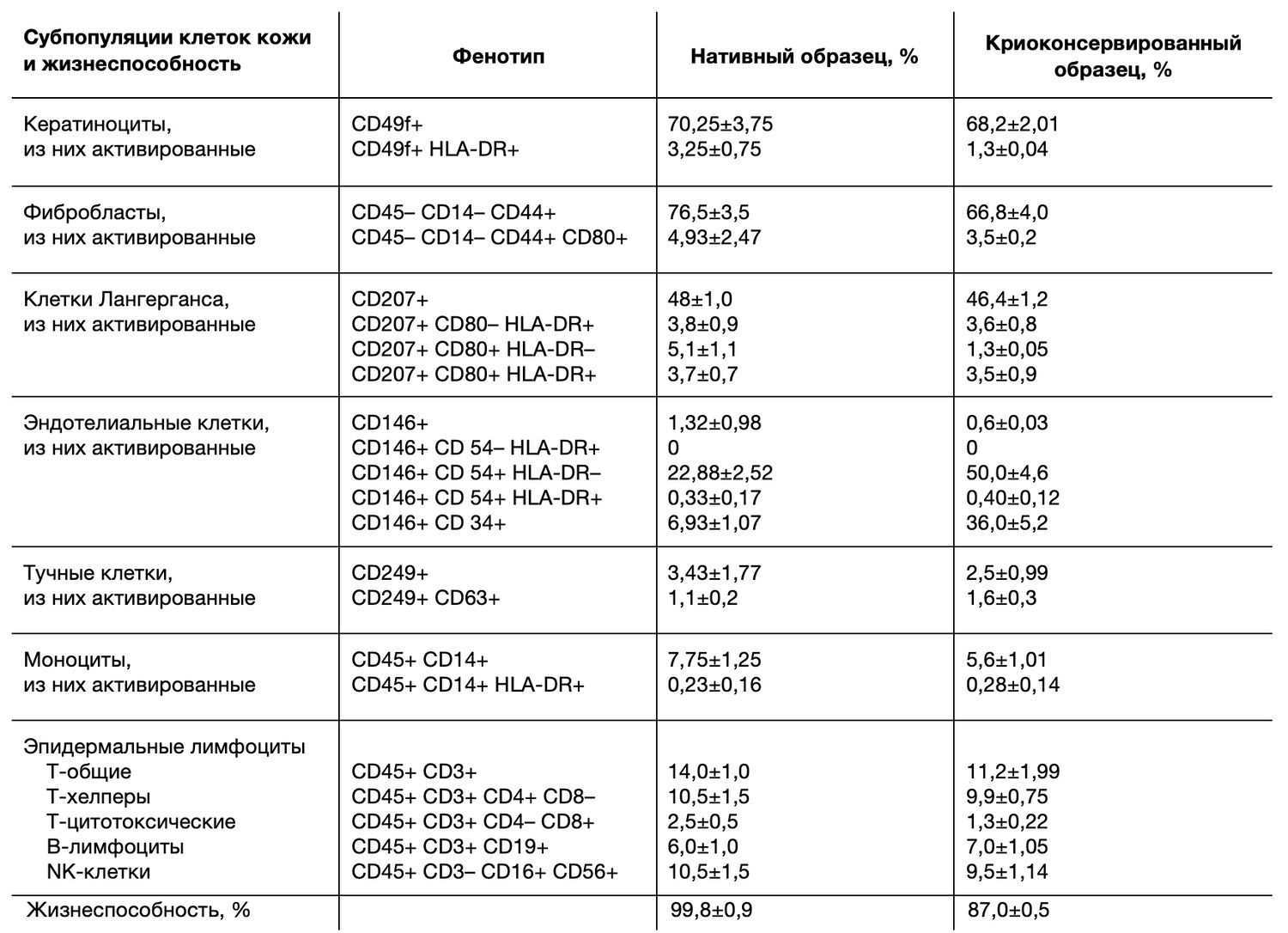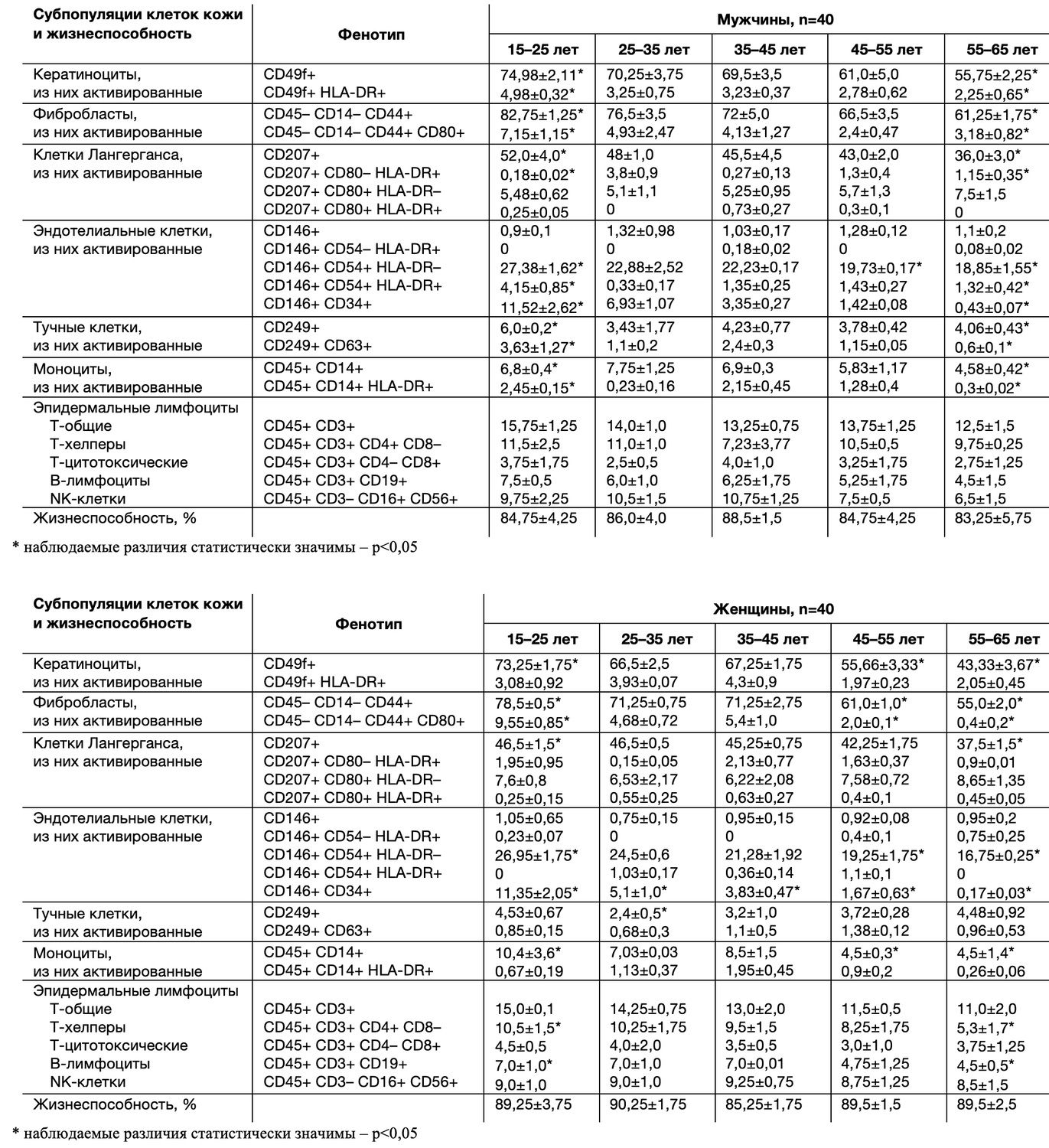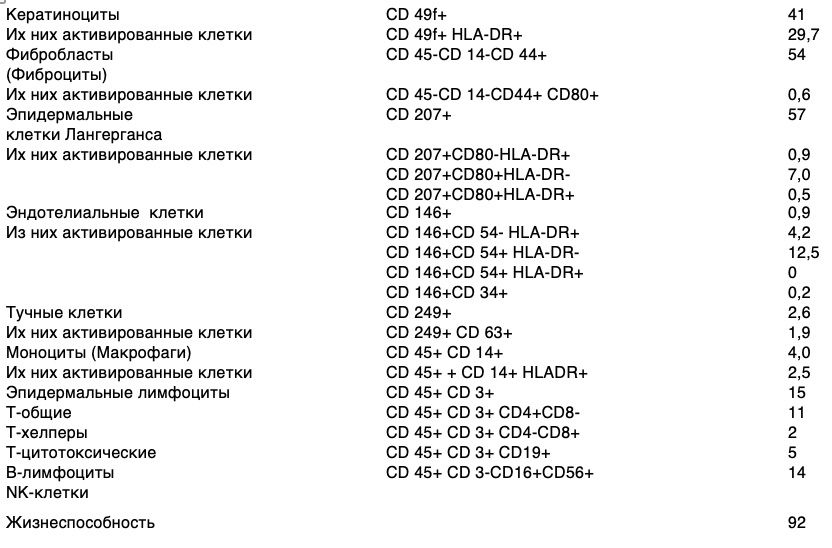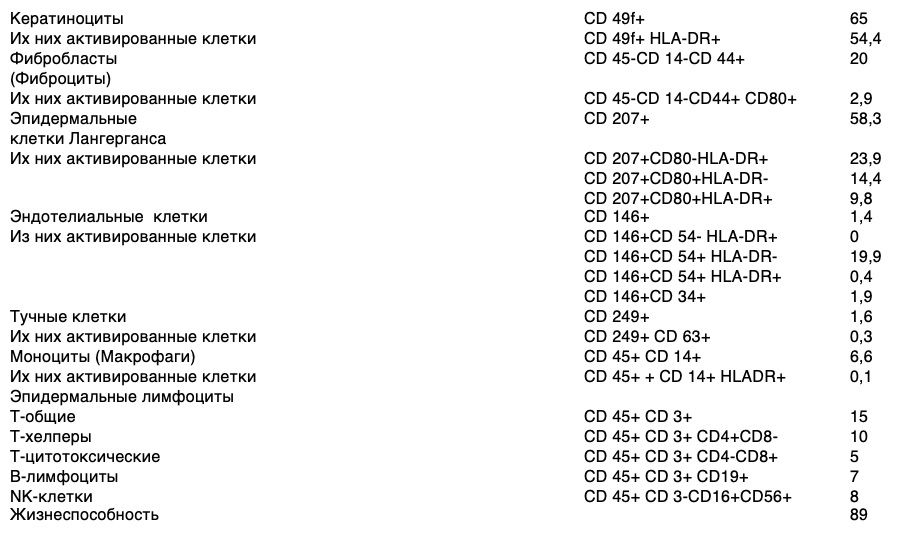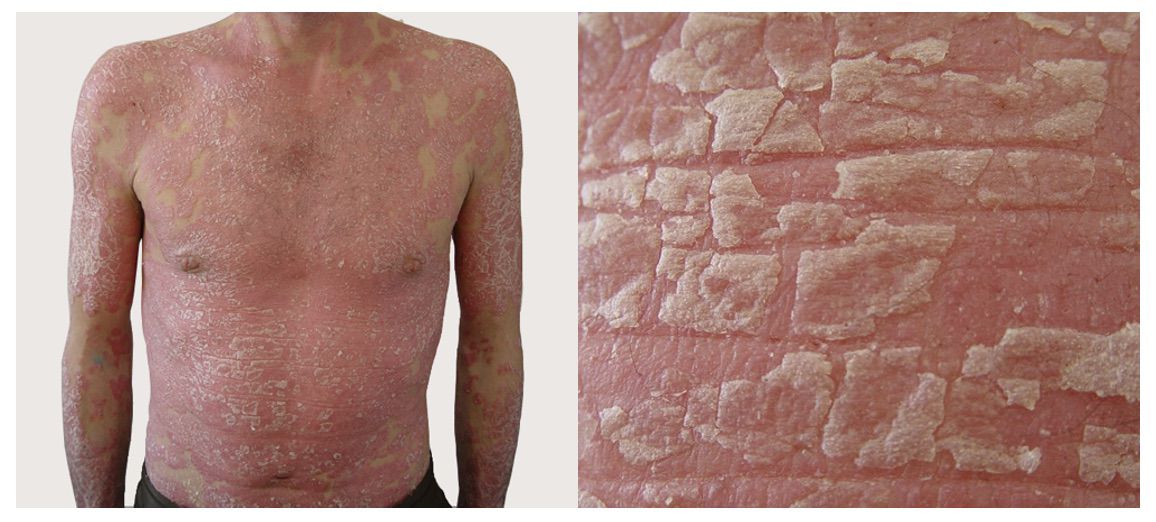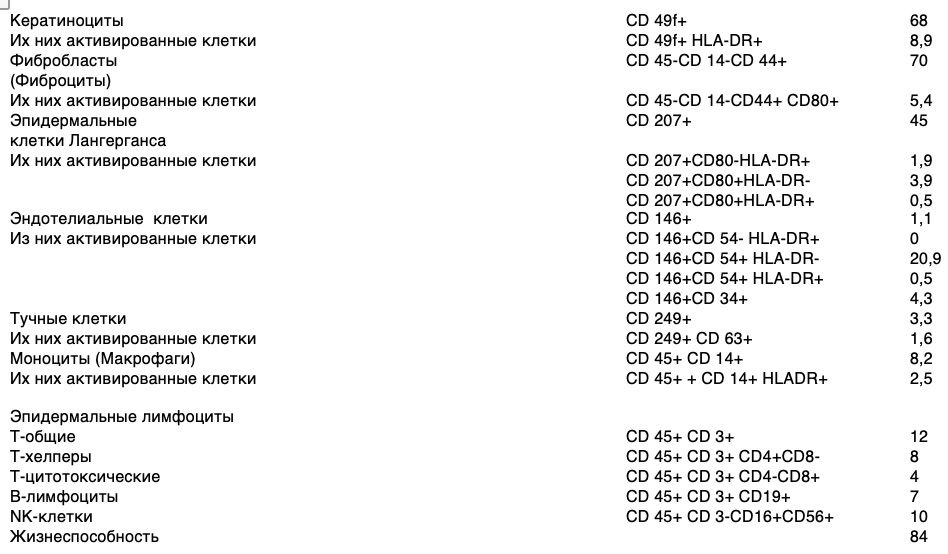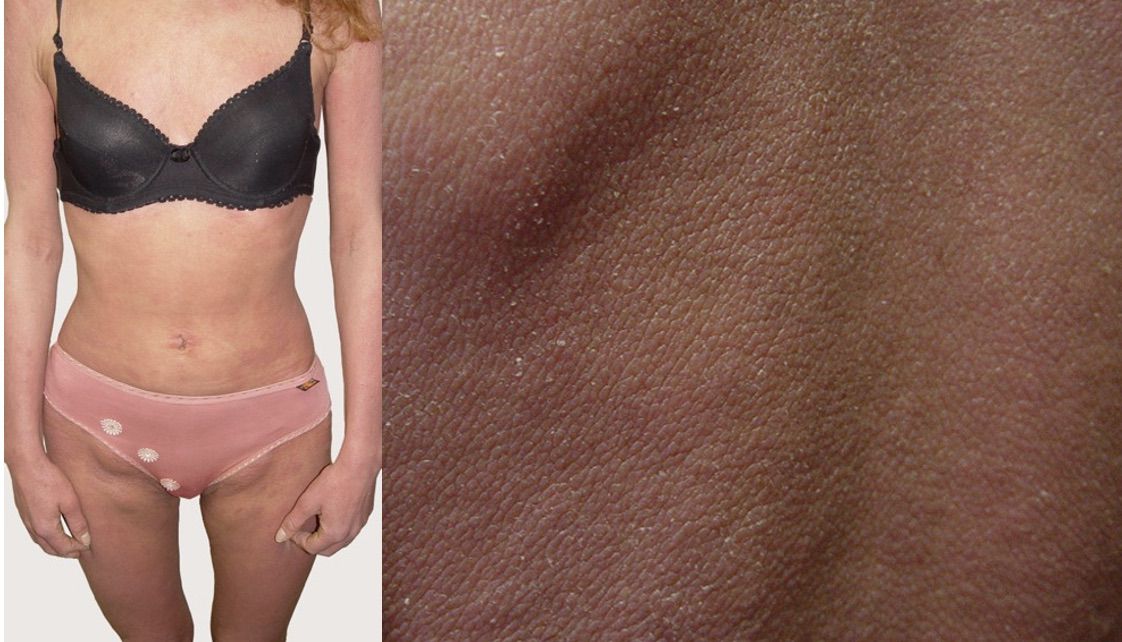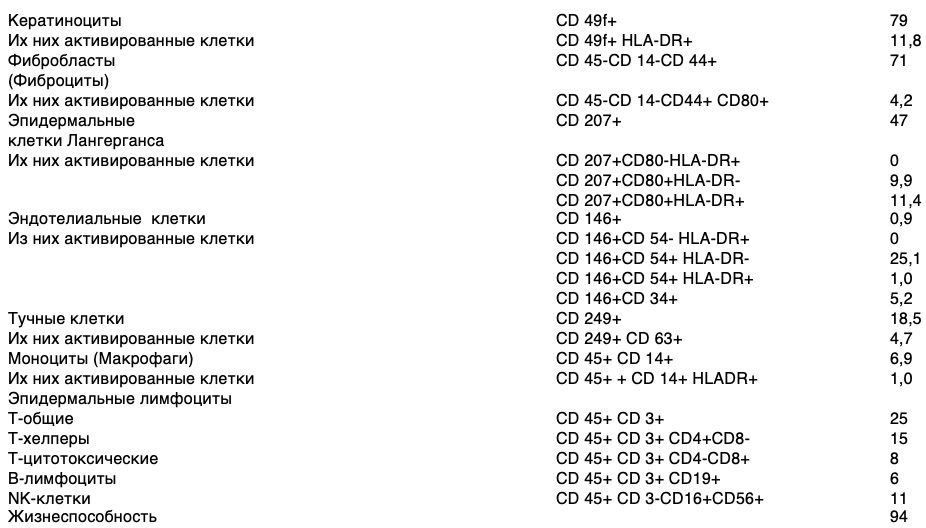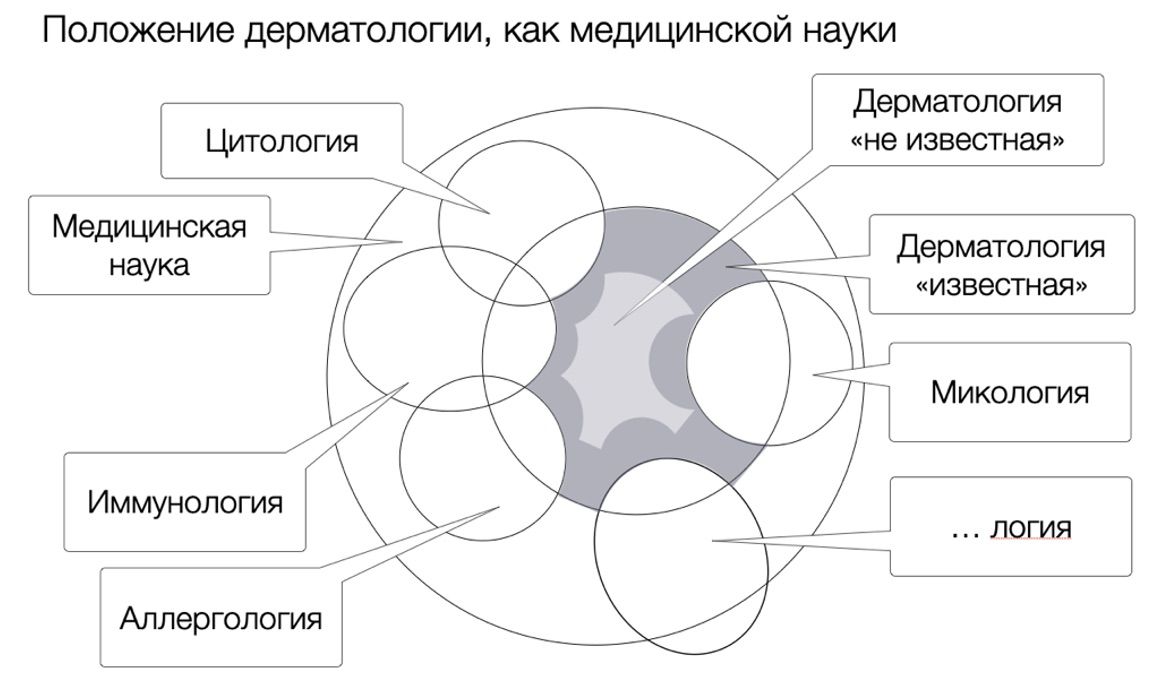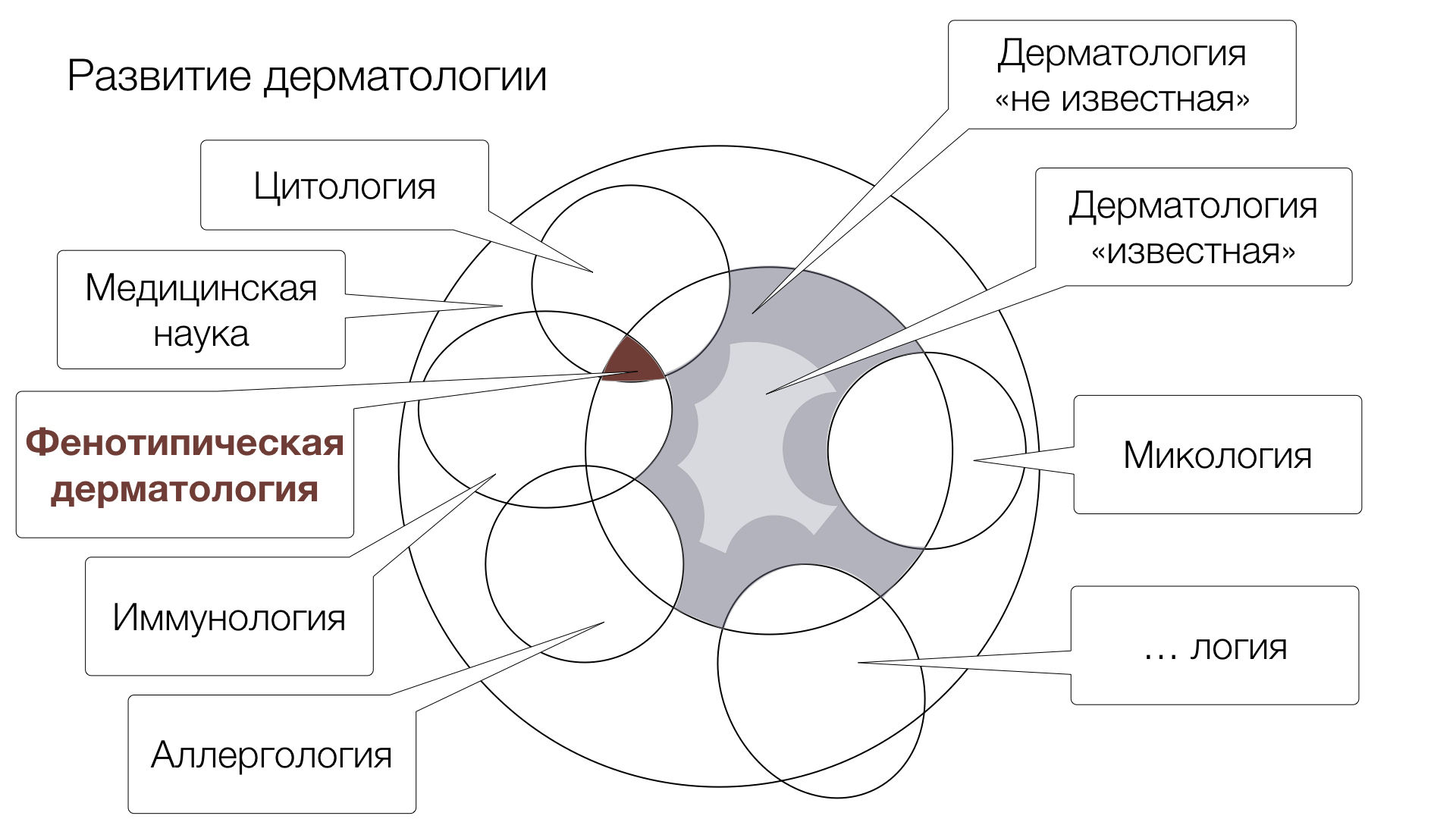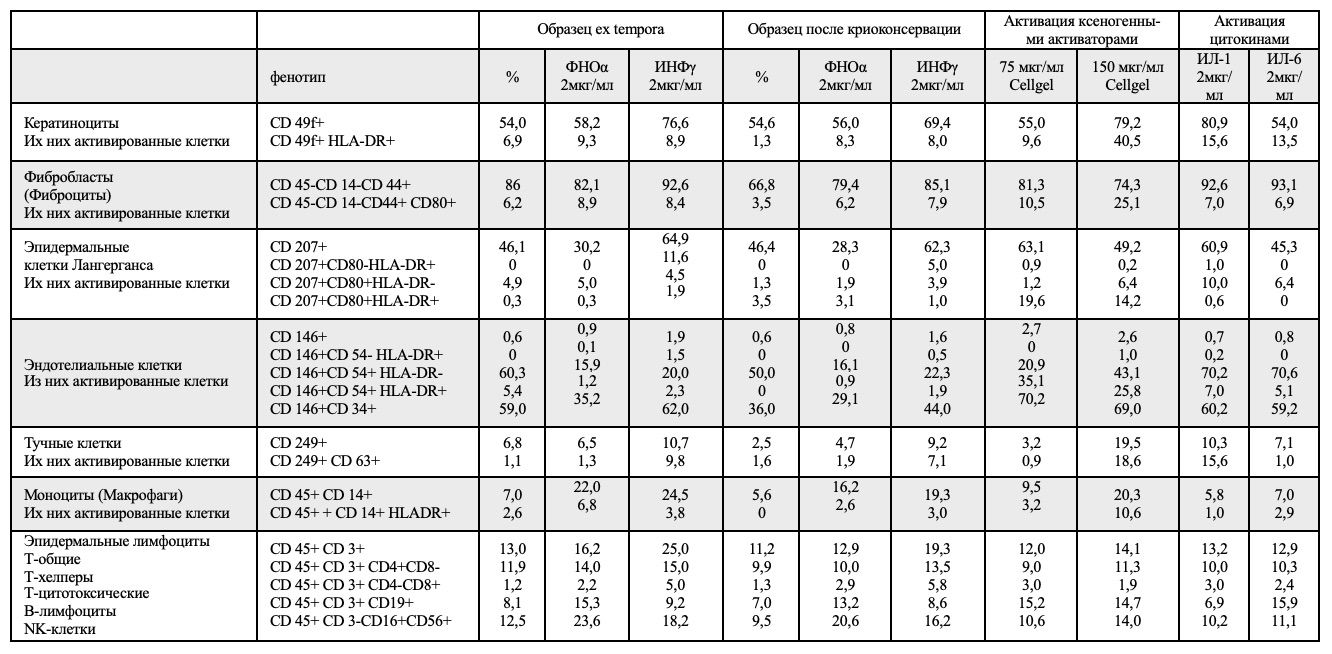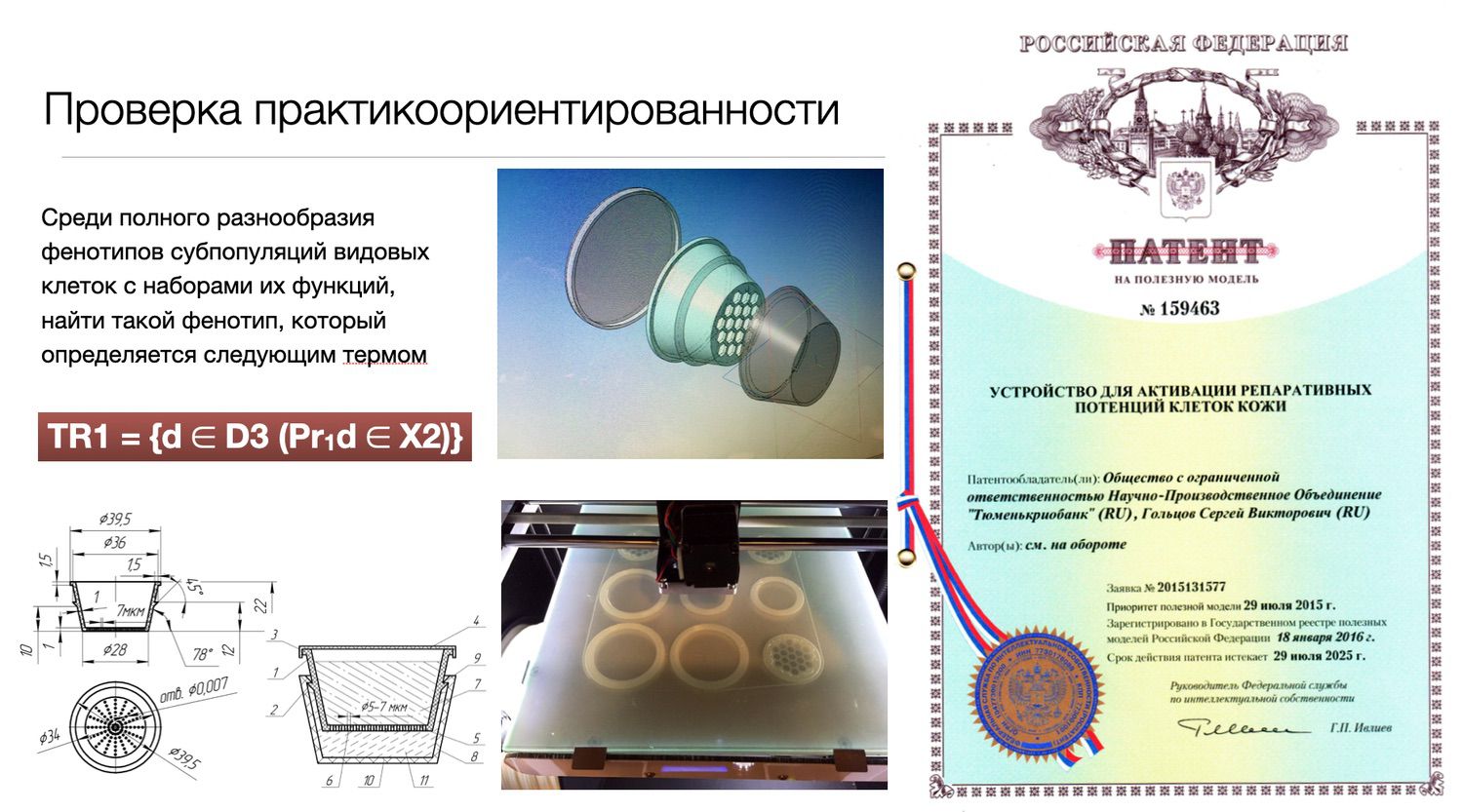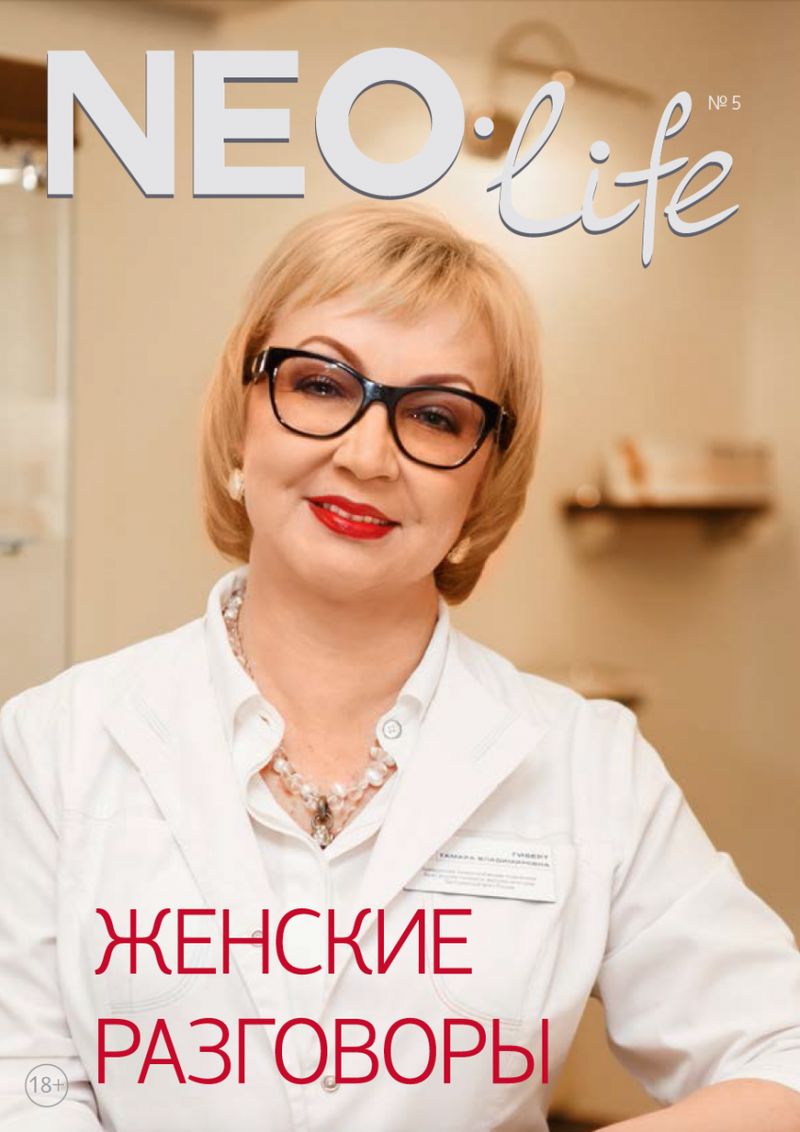The conceptual basis of the theory
This chapter substantiates the approach to the analysis of experimental results and the construction of the conceptual foundations of the theory explaining skin conditions at the level of cell subpopulations. The basic assumptions, axioms, postulates, fundamental laws and principles are reviewed. On this basis, possibilities and practical necessity of applying methods of conceptual analysis and design for solving theoretical problems of dermatology which have technologically risen to investigations of phenomena at the level of human skin cells are shown. Motives for appealing to conceptual methods are given, and the demonstrated approach to conceptualization of a number of subject areas, opens perspectives for development of dermatology.
Measurement usually refers to the process of finding the ratio of a given quantity to another quantity taken as a unit of measurement. In turn, the results of measurement expressed by means of numbers can be subjected to mathematical processing.
"In the event of an argument," wrote the German mathematician and philosopher Leibniz, "the two philosophers will no longer have to resort to an argument, just as counting men do not resort to it. Instead of arguing, they will take pens in their hands, sit down at the boards, and say to each other, 'let us calculate.'"
By applying "more" or "less" relationships, using comparative quantitative values, it is possible to show the dynamics of change over time, to reflect the course of the disease and/or the effectiveness of the therapy used.
The possibility to obtain skin cytoimmunograms makes it possible to study the phenomenology of the dynamics of cell subpopulation states by conceptual methods. This implies the formation of generic and species concepts of the opened subject area based on the idea of subpopulations as specific structures of heterogeneous sets, as Nikanorov S.P. wrote about it.
New questions arise in the practice of dermatology in connection with the opened possibilities of skin research:
- How to carry out individual diagnosis of skin diseases, speeding up the process of treatment, if the distinctions between phenotypes of cell subpopulations are only empirical in nature?
- How to accelerate the theoretical investigation of skin diseases ahead of practice, if problem statements and associated results are based only on a large body of empirical data from patient examinations and are therefore dependent on the development of instrumental tools for disease investigation?
- How can we use the new possibilities of skin conditions research to raise the level of development of dermatology, which still relies on traditional methods, mostly symptomatic in nature?
- Answers to these and similar questions lead to an understanding of a number of theoretical problems in modern dermatology:
There is a lack of an exhaustive understanding of the full diversity of cell subpopulations whose condition may influence the development of skin diseases. Reliance on empirical phenomenology is important, but extremely inert;
There is a lack of insight into the diversity of possible phenotypes of cell subpopulations. The notion of this diversity and the distinction of all possible phenotypes could lead to a wide range of new research tasks, which science is developing;
The relationships between skin cell states and pathologies for the diversity of possible phenotypes of cell subpopulations have not been established.
A solution to these problems may follow in a conceptual analysis of the phenomenology of the dynamics of skin cell subpopulation states.
When discussing the visible part of manifestations of inflammatory processes in the skin and pathogenetic mechanisms underlying their occurrence and realized at the cell level, it should be said that they are considered as parts of a single whole. Interacting with each other, these parts determine the entire variety of rash elements and their transformations observed by the doctor.
It is this understanding that we have constantly encountered in the course of all the previous material, but not explicitly, but even as if opposing one phenomenon to another. This is not so! In practice, we are just dealing with a set of externally observed and internally invisible information about the skin cells' functions and their interrelation and interactions within the whole. More precisely, we deal with a system of heterogeneous objects united into one whole - the human skin.
However, it should be taken into account that each part of the system - in our case the cell - can be considered as an integrity consisting of its own parts, and therefore can also be studied as a system. But, in our case, it is the holistic consideration, establishment of interaction of cells (system elements) and their phenotypes in the aggregate that should be considered.
Using the opened possibilities of skin cell subpopulation research, I offer the reader an approach to solving conceptual problems of dermatology. To emphasize the determining role of this approach in theory formation, I took the liberty of calling it the conceptual basis of the theory or the fundamental theoretical scheme.
The introduction of such an unfamiliar view of problem solving was done intentionally, in favor of maximum objectivity of judgment. The results of such an approach, which allows a deeper, more complete and more precise cognition of the properties and regularities of the object under study, are achieved by creating conceptual schemes, which are a representation of the existing material world. The essence of the approach is as follows.
1. We have chosen technology which operates with concepts based on rigorous mathematical methods and allows to deduce logically consistent consequences from the experience's statements and assumptions as the main tool of analysis of experimental data on the states and dynamics of cellular subpopulations. The grounds for the choice of conceptual methods of analysis in relation to the discovered problem are as follows:
Concepts are used in the inextricable relationship of their two essential facets: conceptual volume and content. And since the cellular level of research of skin conditions directly leads to the research of structures of subpopulations of cells formed from various sets, it gives a chance through the research of these sets as volumes of the concepts behind them to come to the content of these concepts and conceptually distinguish all variety of skin conditions;
The basic logic of conceptual methods is the logic of ascending from the observed concrete to the mentally abstract and through it to the generation of the variety of the mentally concrete. This means that a variety of all theoretically possible cellular phenomena can be derived from the limited composition of experimentally obtained structures of cell subpopulations, which will make it possible to reach a theoretically complete picture of skin states. This possibility of conceptualizing experimental results opens up the space for scientific research that is significantly ahead of the rate of new dermatological diseases;
All operations on the concepts are performed instrumentally in the conceptual technology. For this purpose, logico-mathematical tools are used: the calculus of statements, the mathematical theory of genera of structures and the apparatus of stages of sets. This allows methodically and strictly to deduce all logical consequences from the results of synthesis of concepts. Such corollaries are new concepts which were not obvious at the beginning of conceptualization and could not appear in the course of the set experiments. The ability to instrumentally generate new concepts will greatly enhance the performance of experimental dermatology by inferring from experiments corollaries that go far beyond observation.
2. It is proposed to conceptualize experimental phenomena in three subject areas constructed in the logic of deepening the distinction of skin states:
Phenomenology of static skin states. Within the boundaries of this subject area, concepts defining the full diversity of cell subpopulations, the diversity of subpopulations with the distinction of cell trait diversity, cell activity states, cell functions in the structure of a particular skin puncture biopsy, subpopulation function structures and other phenomena considered in statics can be derived;
Phenomenology of skin state transitions (state dynamics). All kinds of skin state changes can be distinguished within the boundaries of this subject area, a typology of skin state dynamics is built, a variety of chains of possible transitions, chain structures and other possible phenomena of skin state changes are established;
Phenomenology of conditioned transitions of skin states. Within the boundaries of this subject area, phenomena arising from various types of artificial and natural interventions on skin states and their dynamics can be presented; typology of interventions; typology of theoretically possible chains of transitions between skin states conditioned by interventions and other phenomena of practical influence on skin.
3. A research strategy of sequential mastery of subject areas and areas that can be synthesized from them has been chosen. This decision is due to two circumstances. First, the results of conceptualizing one, simpler subject area will inevitably influence the initial representations necessary to comprehend another, more complex one. Second, the experimental branch of dermatology, focused on the study of skin properties at the cellular level, will develop in parallel with the work with the subject areas.
It is supposed that conceptual clearing of the phenomenology of states of skin cell subpopulations and their dynamics will allow to set tasks for investigation of medical and biological regularities between various phenomena, i.e. will lead to the very "mechanisms" of a new type of dermatology.
The results of measurements expressed in numbers can be subjected to mathematical processing and thus the phenomenology of states of cell subpopulations can be investigated by conceptual methods. It presupposes the formation of generic and species notions of the opened subject domain on the basis of idea about subpopulations as about specific structures of heterogeneous sets. The conceptual analysis of the phenomenology of skin cell subpopulation states will make it possible to set tasks for the study of medical and biological regularities between various phenomena.
There is an assumption that the use of instruments enhancing the reliability of observations can completely eliminate, if not errors, then subjectivism in the process of observation. However, this is not entirely true, because the data recorded by even the most high-tech devices does not say anything by itself. They require an interpretation based on appropriate theoretical ideas about the use of the device.
The activity of molecules on the surface of skin cells cannot be directly observed, but it can be inferred from flow cytometer readings and can therefore be considered as observable quantities.
The absence of an obvious connection between empirical (observable) and theoretical (speculative) concepts does not exclude the possibility of establishing both a logical connection and a difference between them. Developing this thought, it should be clarified that any removable observations by themselves, without their theoretical interpretation, cannot serve as a basis for conclusions or confirmation/disproof of a hypothesis or theory.
Without a theoretical explanation, findings can remain incidental and incomprehensible data, much less serve as sources of information to clarify the clinical picture of the disease observed by the doctor.
Since the data recorded by the device are still abstractions from the observed phenomena and cannot be fully correlated to the elements of the rash. Therefore, the theoretically traceable connection, is still far from true, but can be established by empirical interpretation with the clinical picture. One way or another, but empirical and theoretical concepts are most closely related, because the latter are based on observational experience, and therefore in their own way - secondary.
In the further comprehension of new knowledge, these concepts condition and complement each other, forming a perimeter of coincidence and recognition of observed pictures of the real world with descriptions obtained from the use of high-precision instruments. However, already at the empirical stage of cognition, diagnoses are introduced into dermatology with precise justifications based on observed phenomena. But they denote nothing more than the totality of the perceived picture of the world by our senses.
The transition from empirical to abstract, theoretical concepts represents a dialectical leap from the sensory-empirical to the rational-theoretical stage of research.
Thus, the genetically determined process of formation of a variety of specialized cell phenotypes reflecting their function is the result of coordinated expression of a certain set of genes, as a result of which, cell differentiation changing their functions, morphology and metabolic activity creates prerequisites for their high specialization and selective action, which in the end is realized in a huge variety of clinical phenomena of the same skin diseases seen by dermatologists.
The deepening of these conceptual distinctions allows us to reach a broad class of research tasks in dermatology that relies on distinguishing phenotypes of subpopulations of skin cells - phenotypic dermatology.
The results of conceptualization point to the possibility of a transformation of modern dermatology. A sign of this transformation is that the "unit" of the study of skin conditions becomes not the picture of its pathological symptoms, but the peculiarities of the cell subpopulation of its specific area. Each specific subpopulation, consisting of cells of all species simultaneously, reflecting specific functional-cell structure of an elementary skin fragment, represents its specific phenotype.
The transition from the symptomatic approach in the study and treatment of skin diseases to the phenotypic approach is a transition to a different, new type of dermatology - phenotypic dermatology. It should be based on the mechanisms of cytoimmunology, which is able to study and use the properties of all possible phenotypes of skin cell subpopulations.
Dermatology, as a science, is interested in objective facts that can be controlled and counter-verified, not in emotional impressions based on empirical experience, which are the domain of the subject and only. I dare say that phenotypic dermatology is the first theory describing skin functions under conditions of normality and pathology, based on a unique method and expressed in schemes of conceptual approach.
The role of theoretical assumptions is that with their help the systematization of scientific knowledge is achieved, involving the use of theoretical assertions, which, having identified and being guided by the rules of logic, can be derived from them all other assertions, including those that allow for empirical interpretation. The methodological function of theoretical concepts is related to their application to generalizations and the expansion of scientific knowledge. After all, we know that empirical generalizations reveal a certain regularity in the functioning of objects and phenomena, which in life is often beyond observation. Nor do they explain the mechanism or cause of this regularity.
Let us say that a particular diagnosis is formed by the recurrence of its symptoms and, as a consequence, the effectiveness of the remedies applied. However, if we know what mechanism predetermines the appearance of these symptoms, based on observations, but already at the level of molecules, then further on, we do not need to use each time laborious and often expensive diagnostic methods, because we know the mechanism of appearance of these or those elements of the rash. Once upon a time, an ordinary magnifying glass was a device not used by all dermatologists of the past due to the high cost of the latter. But, the knowledge obtained with it was then reflected in books, in the form of descriptions of the subtleties of distinguishing a rash, providing dermatologists with new knowledge of the clinical picture already realized in text and new concepts.
In this regard, establishing and proving the existence of links between theoretical knowledge and empirically verifiable corollaries will play a crucial role in theory. Only abstract concepts constitute the conceptual core of a theory and can explain empirical facts. Therefore, the starting point for the construction of a theory oriented toward the pragmatic realization of its conclusions should be the proposal of abstract concepts.
Despite the seeming pragmatism of theory, only theory can be unafraid to dare to answer the questions: what, why, and how? By answering these, dermatologists of the future will be as effective as possible, both in their predictions and in the practice-oriented nature of their judgments, prescriptions, and, of course, scientific research.
Phenotypic dermatology is the language in which dermatologists must speak to each other and to dermatologists of future generations, in order to avoid losing the generational gap. It is a kind of knowledge baton with a stick of dermatological thinking.
Here we should clearly define those few but important concepts that will be taken as basic, conveying meaning. Phenotype, translated from Ancient Greek meaning "specimen," is a set of traits and characteristics inherent in a biological object at a certain stage of development. The phenotype of the object (a cell in our case), which is formed on the basis of the genotype in the process of phenogenesis, changes under the influence of environmental factors. The term phenotype was suggested by the Danish scientist, professor of the Institute of Plant Physiology of Copenhagen University, member of the Swedish Academy of Sciences Wilhelm Ludvig Johansen in 1909, in his work "Elements of the Exact Teaching of Heredity", introduced the terms: "gene", "genotype" and "phenotype", to distinguish heredity of the organism from what results from its realization.
In 1903, in his work "On inheritance in populations and pure lines," he also introduced the term "population," Latin for population, which is a set of biological entities of one species, long occupying a certain area in space and partially or completely isolated from representatives of other similar groups. In cytology, a cell population is a group of cells homogeneous according to a certain criterion. Hence, we will call a subpopulation a subspecies of cells distinguished on the basis of the function they perform.
Moving in this logic, it will not be superfluous to note that the skin as an organ will be a general population (in another word - generic) of all skin cells, in relation to which it is supposed to draw conclusions. It is worth remembering that conceptualization is the process of translating ordinary, generally accepted representations of whatever into the form of products of conceptual thinking - concepts - notions characterizing the limit of meaning distinctions.
And, a refined definition might sound as follows. Phenotypic dermatology is a branch of theoretical dermatology that studies the phenotypic diversity of human skin cells.
Among the most important confirmations of even the most accurate theoretical inferences is first and foremost the testing of theory in practice, it is the most significant indicator of the pragmatic nature of the research carried out. And, to establish a connection between invisible quantitative changes at the cell level and visible changes at the skin level, as well as to determine a critical value of flow cytometry parameters, is not possible from theoretical considerations. Therefore, there is a need for specific studies by means of practical observation.
Simultaneously with the received set of problems of conceptual value have opened. These are problems in relation to which it is not yet clear how to think about them in order to solve them. In order to answer these questions, one must know the whole, which Aristotle explained as having nothing to add to the existing. In other words, one must keep the whole in mind in order to be able to understand the particular in detail.
Dermatologists increasingly see the devaluation of terms in the context of progress. Borrowing terms from the literature, we then apply them to our activities (significantly changed from what they were at the time the term was described) and see that the term no longer explains what is observed and, at a minimum, we are disappointed in the descriptive properties of the term, and, at a maximum, we are on the path of a false description of the object.
Without creating new terms and meanings, we will not be able to adequately describe the observed picture and, as a consequence, guarantee quality care for patients with skin diseases.
Any situation of thought activity is a division of levels of cognitive activity. In our case these are the levels of symptom reading:
- subjective (based on the patient's assessment of his or her experiences with the ailment),
- visual-clinical (doctor's, what I see is what I describe in familiar terms)
- cellular (information-objective and based on unique information readable by the device and interpreted by the proposed method)
- conceptual (reflecting the information about the patient's condition in concepts).

For construction of a number of concepts in the mathematical apparatus of generic structures, which is involved in the conceptual methods, adopted the initial provisions derived from the results of obtained skin cytoimmunograms. In these structures, the numbers of elements express the volumes of concepts, and the structures themselves express their contents. The representations of skin properties can be summarized in the following statements:
- A limited variety of cell types, twelve of them (K=12), are involved in creating the phenomena of skin states. And five of them are of the same type (lymphocytes);
- A cell of each species possesses a certain composition of traits, which are detected by markers - clusters of differentiation molecules on the cell surface (CD). Each marker acts as an unambiguous indicator of one or another manifested cell trait;
- As science advances, the number of CDs increases and their indicative component is refined. However, a limited composition of markers is applied in each research act. Of course, this affects the accuracy of recognition of the variety of cell traits and the variety of cell types;
- The number of potentially possible functions of each cell is determined by combinations of all its traits;
- The number of traits taken for study is limited - twenty four for each cell of each species. The number of characteristics taken for examination is limited to twenty four, and one of these characteristics characterizes a particular kind of cell;
- The living cells are always active. But their activity is differently manifested and influences on skin condition. The activity of a cell is a manifestation of its particular function in the structure of a particular puncture biopsy of the skin. If a cell does not show any function, we can say that its activity is zero, although it is alive. It is generally accepted that in this case the cell is passive;
- The cells of each species may exhibit (or not exhibit) one or several different functions at once. This is determined by the composition (combination) of the cell traits;
- The number of potentially possible functions of each cell is determined by all combinations of all its traits;
- Cells are combined into subpopulations. Each subpopulation involves a specific fraction of cells of each species with its different functions. All theoretically conceivable subpopulations are admissible, since there are no restrictions on their diversity or they are not known;
- A subpopulation with a specific composition of cells, each with a specific composition of functions, forms a subpopulation phenotype;
- Each combination of subpopulation phenotypes uniquely corresponds to a specific immunological skin condition expressed in a clinical or physical symptom.
These statements serve as the basis for the generation of concepts, each of which defines a class of possible phenomena and allows for the differentiation of the variety of situations that arise in the skin when considering its findings at the cellular level. In what follows, with brief explanations, only those concepts that define static skin phenomena are presented. They can be regarded as instantaneous "slices" of its state dynamics. Concepts are given in the mathematical apparatus of genera of structures, which is involved in conceptual methods.
